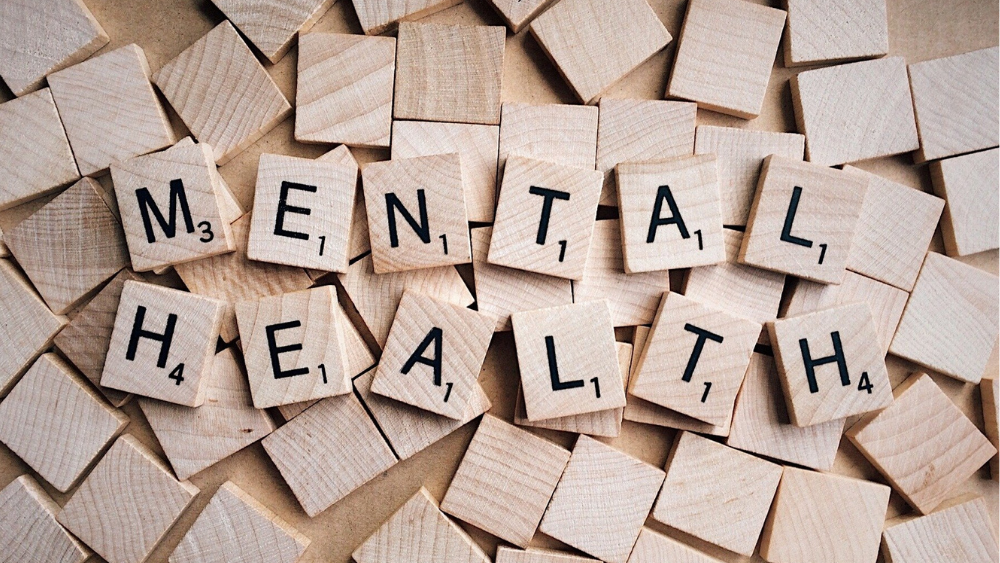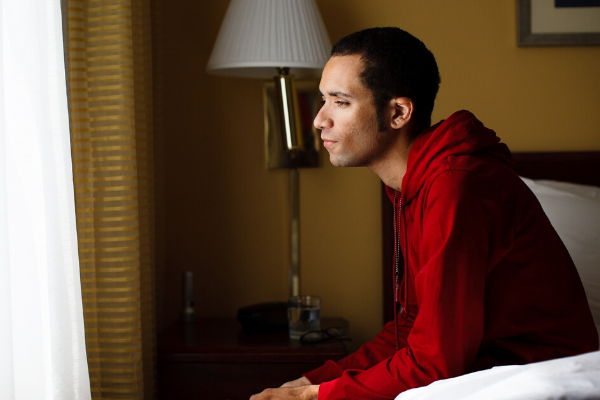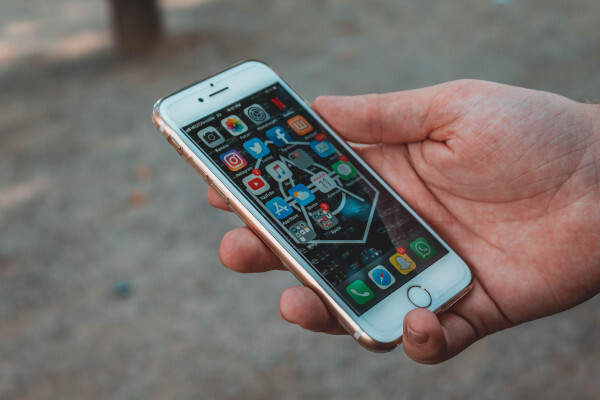Insights
INSIGHTS
All Topics
My Account
How charities can support the mental health of employees
01 Apr 2021by Denise Atkins
We explore some of the recent pressures regarding mental health and explain how charity leaders can support employees and volunteers
Like any employer, all charities have a ’duty of care’ to their staff and volunteers. This means they must do all they reasonably can to support the health, safety, and wellbeing of their staff.
Supporting your staff makes economic sense, too, with Deloitte reporting a £5 return on every £1 an employer invests in their staff mental health.
Since the COVID-19 lockdowns began in March 2020, a range of new threats to mental wellbeing have reared their ugly heads. Meanwhile, many of the normal routes for spotting and tackling problems have been closed off to employers.
Pressure on charity staff
Charity workers on the front lines of service delivery have been facing all kinds of challenges – increased demand with less resources, working in full PPE, making extremely tough decisions, as well as the constant underlying danger to their own health. These can all impact their mental health.
Many charity employees may also be worried about job security, particularly those who have been furloughed for a significant period.
Mental health impacts of working from home
Those who are now working from home may seem to have it comparatively easy, yet they too can be struggling in numerous ways:
- Feeling isolated with no-one to talk to all day
- Stressed out by the demands of home-schooling children
- Trouble tearing themselves away from the job – and the news – to relax
- Difficulty concentrating while cooped up in a makeshift ‘office’ space
- Additional caring responsibilities for a vulnerable parent, friend or neighbour
These are just a few examples before we even consider the people suffering from long-term COVID-19 symptoms, or dealing with COVID-19-related grief or trauma.
‘Back to normal’ will bring fresh challenges
We also need to consider the impact on staff when things eventually go ‘back to normal’.
Some will doubtless be thrilled to be back in the office. Others could suffer from anxiety associated with the return to work – due to being back on public transport and in crowded places – or separation anxiety now they are apart from their children, partner, or even pets.
How employers can support staff
The good news is that there is plenty a charity workplace can do to support their staff. Here’s a few top tips.
Create an open and supportive culture
Make it clear that your organisation takes everyone’s mental health seriously and encourage people to be open about their mental health, starting from the very top.
Invest in Mental Health First Aid
Just as you’ll have designated first aiders and fire marshals, you can train some of your staff as Mental Health First Aiders. Once you’re all back in the office, they’ll be able to identify, understand, and help anyone who may be experiencing a mental health issue.
Until then, give people ways to contact these Mental Health First Aiders remotely if they need support, and always signpost other out-of-hours support services.
Keep up with one-to-ones
Even if you’re still in regular contact over email or Slack, remember to take the time to speak to your direct reports by phone or video call, too. It’s so much more personal and easier to gauge how someone is really feeling.
Not everyone will enjoy the larger group sessions, much less speak openly about mental health, so check-ins will be important to make sure people have the support they need. Use this time to really listen out for any signs that people are flailing. HSE’s Talking Toolkit is a great resource here.
Take a break
During working hours, encourage people to take breaks away from their screens for exercise and fresh air. We all have distractions to contend with, so allow people a degree of autonomy in managing their own time.
Hold regular social sessions
A daily team call can break up the long days working from home and take the place of regular water-cooler chats in the office.
A slightly longer session over a drink, coffee, or fun activity – perhaps on a Friday afternoon – can be a great way to thank people for their hard work and signal that it’s time to all switch off and relax.
Encourage mixing among staff
This should occur within usual teams and more widely in any organisation. The Randomised Coffee Trials approach could be useful and there are plenty of free tools available to make these easier to run.
Switch off from work
Make it clear that you don’t expect people to be available 24/7. Model good behaviour by not sending or replying to messages outside of core hours, except when absolutely necessary.
Share tips and techniques for mindfulness
There are loads of apps dedicated to physical and mental wellbeing and some enable employers to provide resources to their staff. Look at the likes of Headspace, Be Mindful, Calm for business, and Shine Offline.
Similarly, let employees know they can use smartphones to digitally detox. Sounds like an oxymoron, right? But you can configure your mobile devices to set daily time limits on specified apps, limit notifications, and turn your screen to greyscale to wind down before bedtime. Check out the digital wellbeing tools on Android and iOS.
Make use of resources
Important resources, such as toolkits for frontline workers and a wealth of others, can be found on Mental Health at Work. Ensure you use them and also encourage others to use them.
Be kind
Finally, remember that everyone at work is a human first and foremost. Be honest about your own human struggles and acknowledge those of others. And above all, be kind.
More on this topic
21 Feb 2025by Ioan Marc Jones
How charities stopped centring service users
Recommended Products
21 Feb 2025by Ioan Marc Jones
How charities stopped centring service users
Our Events
Charity Digital Academy
Our courses aim, in just three hours, to enhance soft skills and hard skills, boost your knowledge of finance and artificial intelligence, and supercharge your digital capabilities. Check out some of the incredible options by clicking here.



















